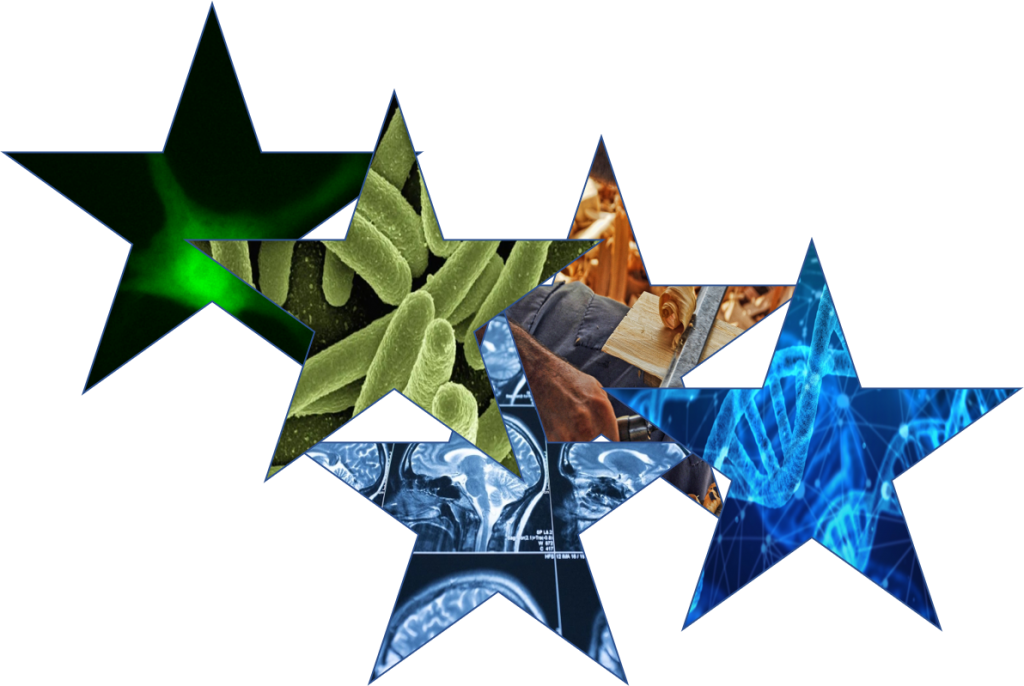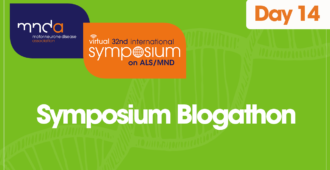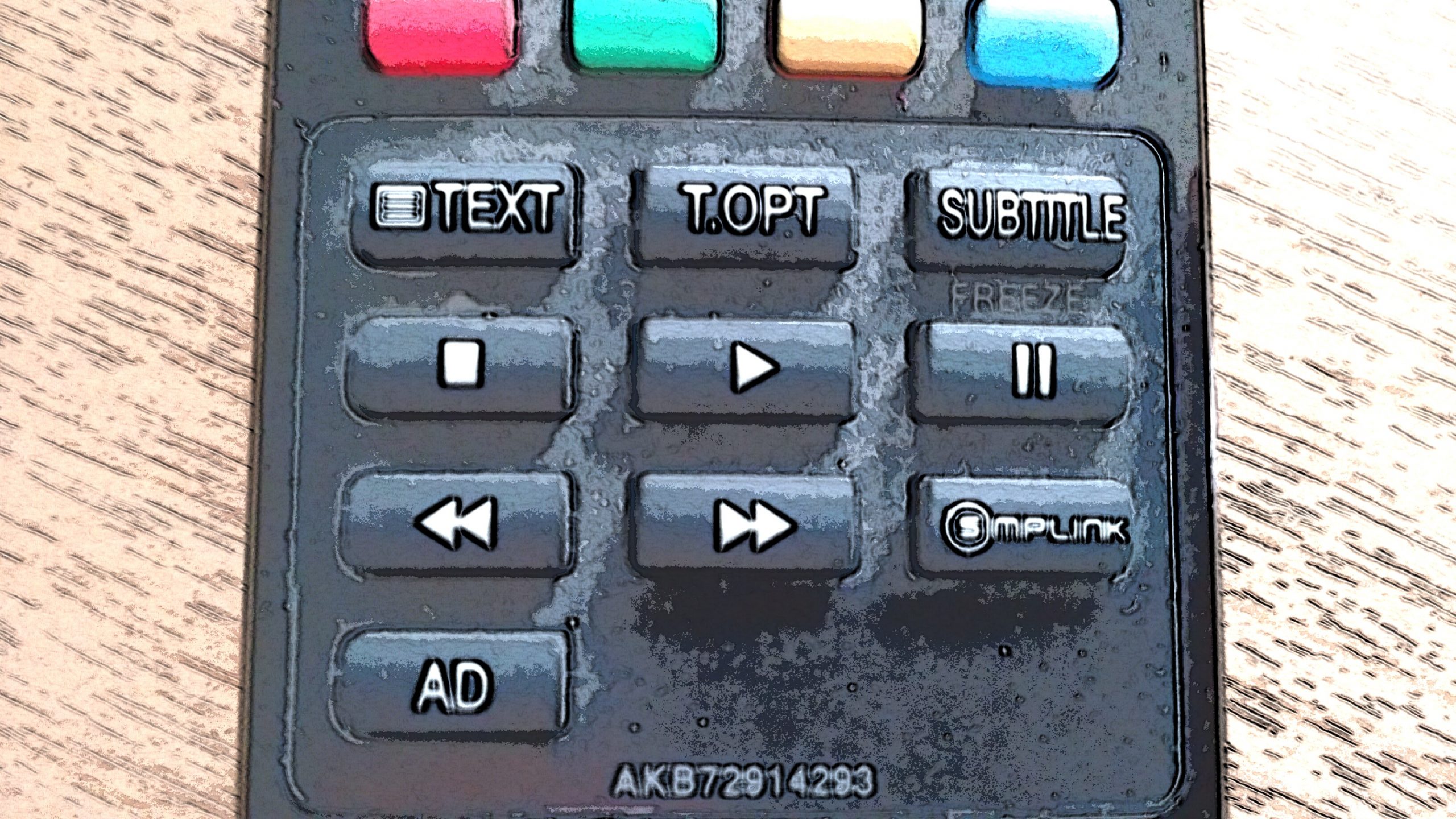In July 2020 Everything ALS, a team of patient advocates, medical professionals, entrepreneurs, computational biologists and medical students based in the USA, hosted a virtual discussion and Q&A session with Dr Richard Bedlack, Professor of Neurology at Duke University in California, in which he discussed his unique perspective on ALS reversals. Dr Bedlack claims to have documented evidence of 48 people around the world who had a confirmed diagnosis of ALS, some of them many years ago, who are now living normal, healthy lives with their symptoms significantly or completely reversed.
As interest in ALS reversals gains momentum within the ALS community, we look at the evidence.
What is an ALS reversal?
For the purposes of this blog article, ALS should be taken to mean ALS/MND.
An ALS reversal is a person who has regained significant or complete motor function having previously been diagnosed with ALS. In order to describe a person as having an ALS reversal, Dr Bedlack looks for the following in a person’s medical history:
- ALS diagnosis, confirmed by history, examination and electromyogram (EMG) to rule out any other diseases that may mimic ALS
- Prior progression of weakness and disability, as measured by the ALS Functional Rating Scale – Revised (ALSFRS-R)
- Dramatic and persistent recovery of lost motor function and ability, for example:
- Ventilator dependent > now breathing independently
- Gastrostomy dependent > now swallowing normally
- Loss of speech > now speaking normally
- Wheelchair dependent > now walking
- Dependent on carers > now completely independent
Progression in ALS is determined by measures of function and survival. Function is measured using the ALSFRS-R, which scores ‘0’ for no function and ‘4’ for full function. In large populations of people with MND, the average decline in ALSFRS-R scores is one point per month.
Survival is more difficult to measure as treatments, such as non-invasive ventilation or tracheostomy, keep people with ALS alive longer than they would have lived without intervention. It is usually measured by tracheostomy-free survival and, on average, people with ALS need a tracheostomy around three years from symptom onset. However, this varies widely.
Disease progression is not a straight line. ALS plateaus, where patients do not see any progression, are common especially over brief periods of time. At the 2020 International Symposium on ALS/MND Prof Andrea Calvo discussed pauses in ALS progression. You can listen to this in the SympWatch video below.
Large sustained ALS reversals, where patients experience a significant improvement in their symptoms, on the other hand, are rare, potentially important and warrant further study. Could they be attributed to the ‘ebb and flow’ of symptoms seen in people with MND which are simply longer lasting in these people, or is there something else at play here that has yet to be identified?
What do we know about ALS reversals?
As of July 2020, Dr Bedlack had found 48 confirmed ALS reversals around the world.
All of these cases have been entered onto a database to compare demographics, disease characteristics, other medical conditions, and any treatments to people with ALS on other national registries.
This has uncovered some interesting similarities between ALS reversals:
- ALS reversals are younger, on average 51 years
- ALS reversals are more likely to me male
- They experienced faster progression before they started to improve
- They are more likely to have been using alternative therapies
How might these reversals be explained?
Dr Bedlack proposes three possible explanations:
Misdiagnosis
The person never had ALS but something that looks so like it, it was mistaken for ALS.
Endogenous factors
Is there something different about ALS reversals that means that something within their body can fight off the disease (endogenous factors)? This has been seen before in other diseases.
For example, around 1% of people with HIV never become ill. These people have become known as ‘elite controllers’ and were found to have a mutation in the CCR5 gene called CCR5-Δ32 that prevents HIV from entering cells. A drug was developed that mimics this mutation, to the benefit of everyone with HIV. Perhaps ALS reversals have something in common that could be exploited to create a treatment that would one day benefit everyone with ALS.
Alternative treatments
Did some of the treatments or therapies the ALS reversals undertake actually work? This refers to unprescribed and alternative treatments, either taken on their own, with other compounds or as part of a regime.
The most common therapy that ALS reversals had in common (6/48) was curcumin (found in turmeric). We have previously talked about Dr Bedlack’s curcumin trial, which is part of his Replication of ALS Reversals (R.O.A.R.) programme, in which he will be giving 100 participants a type of curcumin called theracurmin, in the Winter 2020 edition of our members magazine Thumbprint. The theracurmin trial is now recruiting in the USA with results expected in 2021.
You can read more about alternative and untested treatments on ALS Untangled and in Information Sheet C: Unproven treatments in MND.
There are many examples of patients discovering drug effects that researchers hadn’t considered. One instance of this is Neudexta. Nuedexta is used in ALS to control pseudobulbar affect (PBA) – a condition characterised by sudden and unpredictable episodes of crying or laughing. The original clinical trial was looking to see if Nuedexta would slow the progression of ALS. It didn’t, but participants reported an improvement in their PBA. You can read more about patient-led drug discovery in the paper ‘The Role of Serendipity in Drug Discovery‘.
Is the answer in the St.A.R.s?

In his Study of ALS Reversals (St.A.R.) programme Dr Bedlack, with his collaborative partners, will be following several avenues of exploration to try to establish differences in ALS reversals compared to people with typically progressing ALS.
Genetics
Whole genome sequencing will be carried out on saliva samples from all ALS reversals and compared to the genomes of people with typically progressing ALS, to see if there is anything that confers an ability to fight off the disease, as seen in HIV elite controllers. If a gene or genes is identified, the next step would be to work out its mechanism of action and then develop a drug that would benefit everyone with ALS. The results from the sequencing are expected by the end of 2020.
Environmental exposures
All ALS reversals have completed a risk factor survey that asked questions about their lives, for example things they may have been exposed to and their occupations. These answers were compared to those given on the same questionnaire by people with typically progressing ALS. Only one difference was found and this related to longest job held – ALS reversals were more likely to have been carpenters or cabinet makers. We don’t yet know what this means.
During ALS diagnosis several neuroimages, or brain scans, are taken. Dr Bedlack and his partners at Duke Neurology, will be studying the scans of ALS reversals to see if they had the classic findings seen in people with ALS – abnormalities in a region of the brain called the cortical spinal tracts, which house the upper motor neurons. They will also be looking for anything else that is different that may help to identify why these people experienced a reversal.
Histology
In collaboration with the National Institutes for Health Brain Bank in the USA, ALS reversals can donate their brain and spinal cord tissue after death to be compared to that of people with typically progressing ALS. In people with ALS, clumps of proteins are seen in motor neurons in the brain and spinal cord. Do ALS reversals have this build up and are they other important differences in their histology that might tell us why their progression reversed?
Microbiome
The microbiome is a family of viruses, bacteria and fungi (both good and bad) that live in our gastrointestinal (GI) tract, stomach and intestines. It has long been known that this family of organisms contributes to disease of the gut but there is now evidence that suggests it might play a role in neurological diseases. Dr Bedlack will be comparing the microbiome of ALS reversals to that of people with typically progressing ALS to see if there are any differences.
You can read more about the gut microbiome in our blog – Microbiome: is the answer in our guts?
What does this mean for people living with ALS?
- ALS reversals are rare but may provide clues to endogenous mechanisms that fight the disease, or untested treatments that may work in ways that are not yet understood.
- At the moment, we do not know why any of the 48 ALS reversals got better. Although certain treatments may be associated with their improvement, it doesn’t mean they caused their improvement. It is also worth noting that 30/48 were taking prescription medicines at the time.
- It is also worth considering that, although Dr Bedlack has identified 48 people who appear to have significant reversal of progression, these people fit Dr Bedlack’s own definition of what an ALS reversal is.
The concept of ALS reversals is interesting but should be met with caution until further studies have been carried out to cofirm that they are not simply natural disease plateaus, and more has been done to identify what might cause them. Dr Bedlack would seem to have identified some testable theories for studying ALS reversals and, hopefully, his work and that carried out by other researchers will provide us with more answers as to why these occur, ultimately leading to an effective treatment for all.
Listen to Dr Bedlack talk about ALS reversals in the Everything ALS virtual discussion.
You can also hear Dr Bedlack talk about ALS reversals, and the St.A.R. and R.O.A.R. programmes on the Neal’s Webinar Postcards from the Edge.





I have been in contact with Dr Bedlack and seen his presentations. Seeing the evidence and examples of real people, this research is fundamental in gaining a foot hold in a desperately needed solution . Some medical people reject this approach but it’s an avenue that must be used as it could be a shortcut.
Hi Andrew. Thank you for your comment. Hopefully Dr Bedlack’s work, and that of other researchers, will give us answers to some of the questions we have about why, and how, MND develops.
Kind regards, Mandy
Do we know the status of these individuals today? Do they remain in a “reversed” state?
Good Morning Jordan,
It was 15 years ago that I was given 18 months of life left. I may never know for sure how my reversal came about. I could move my head and two fingers only. I am back 100% now. I am putting my story on mcfinn.medium.com. I pray for more reversals daily. I am so grateful to be an advocate for ALS now. everythingals.org
I am #42 of Dr. Bedlacks reversals.